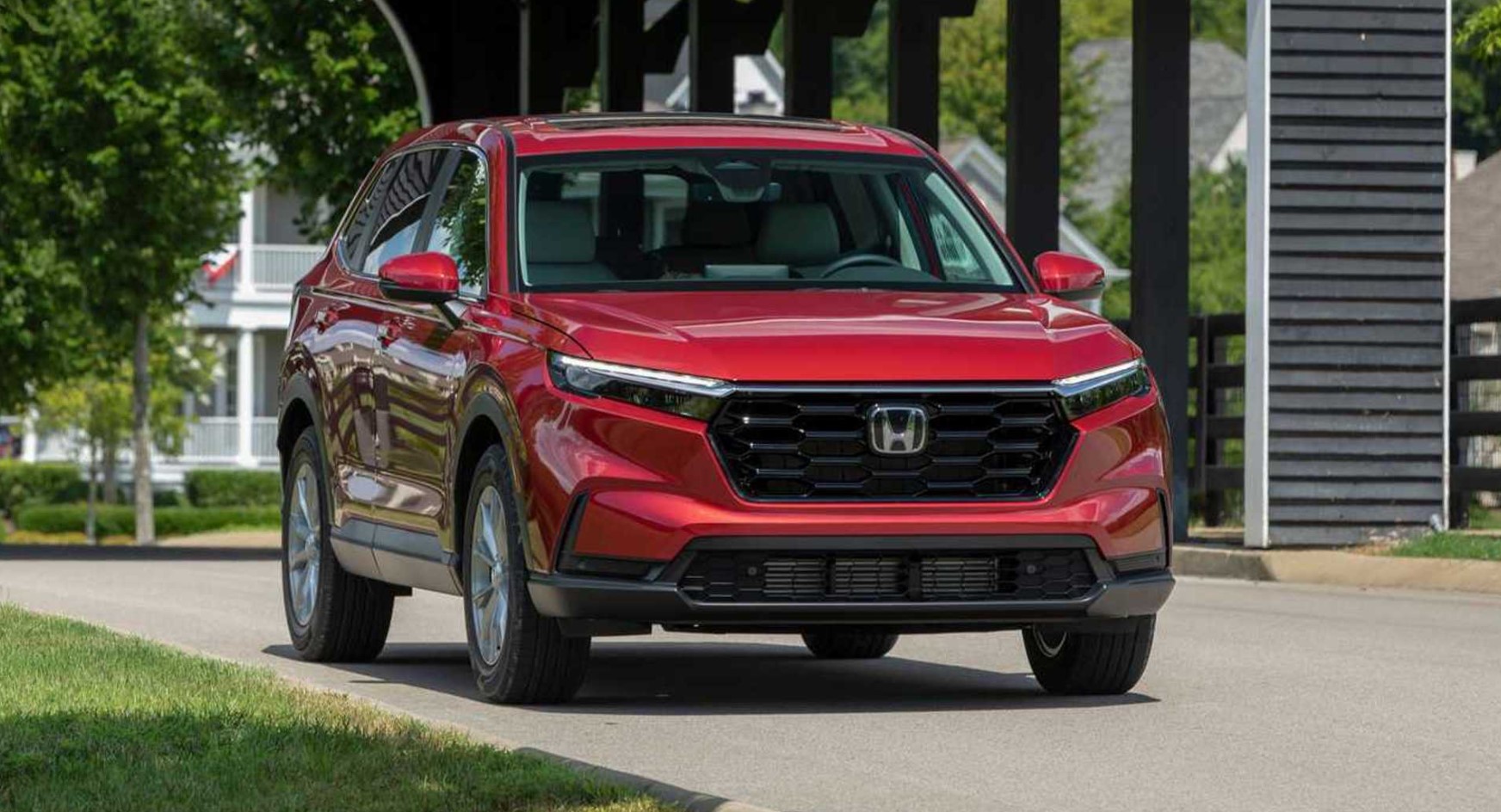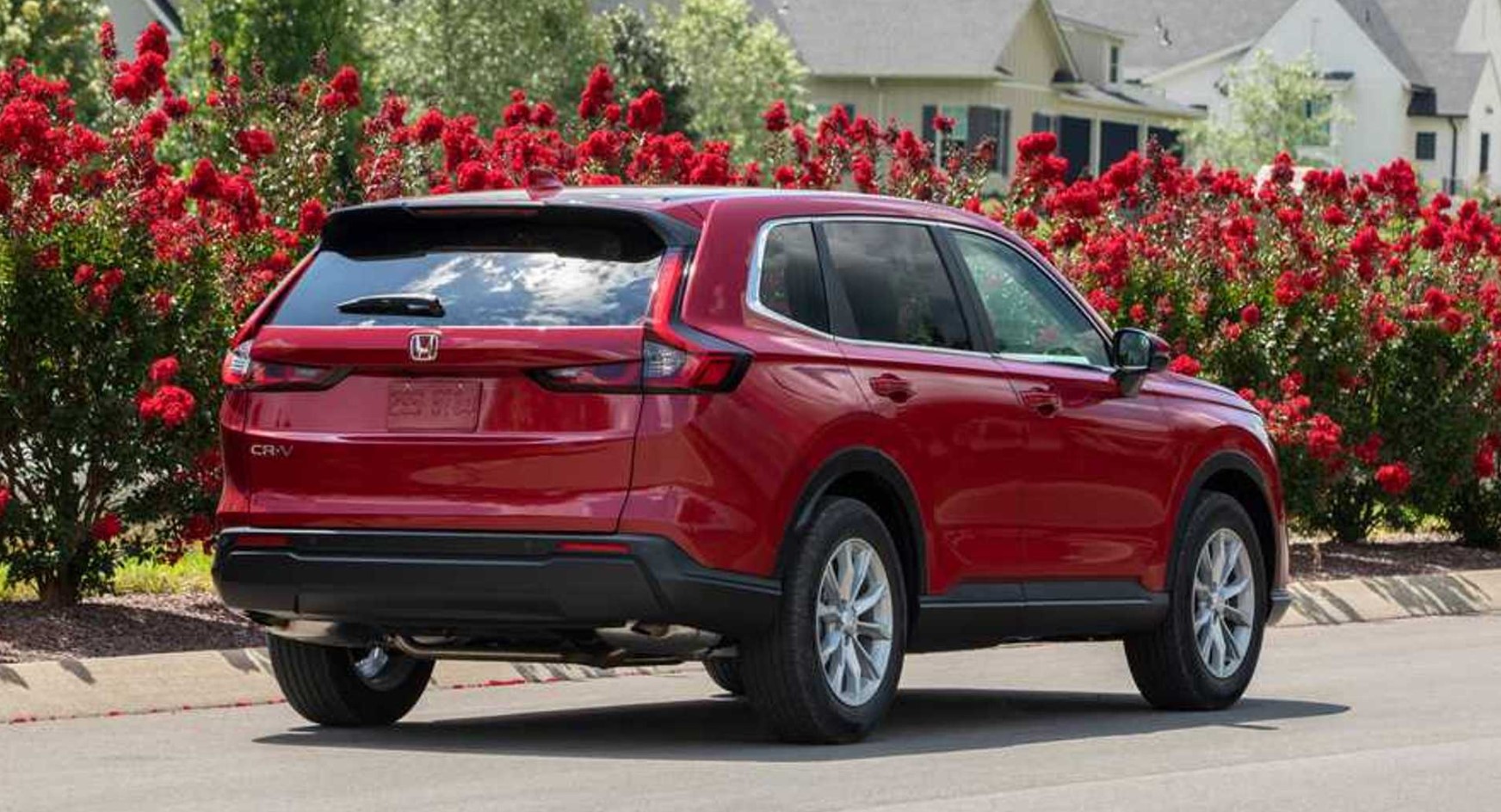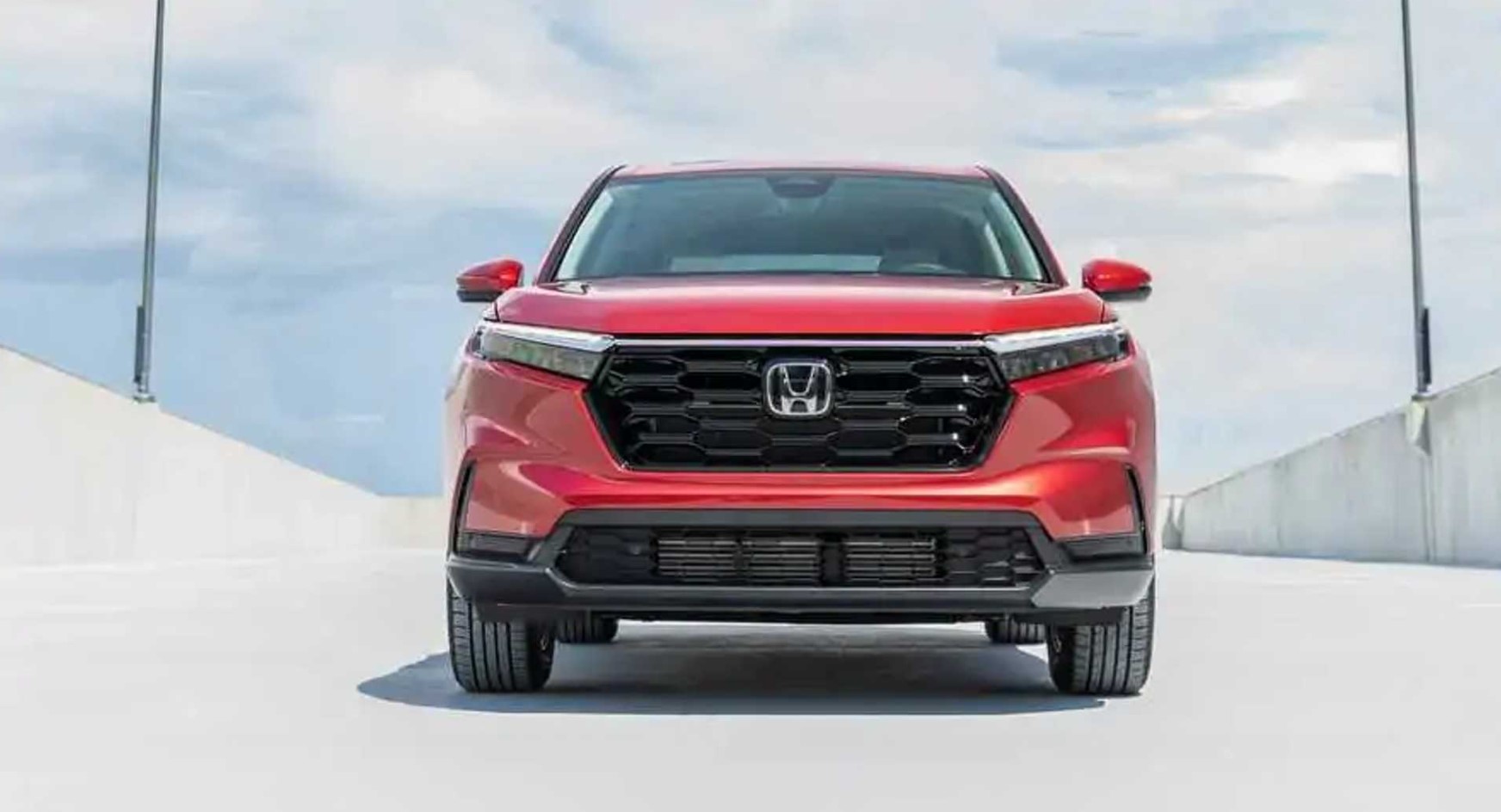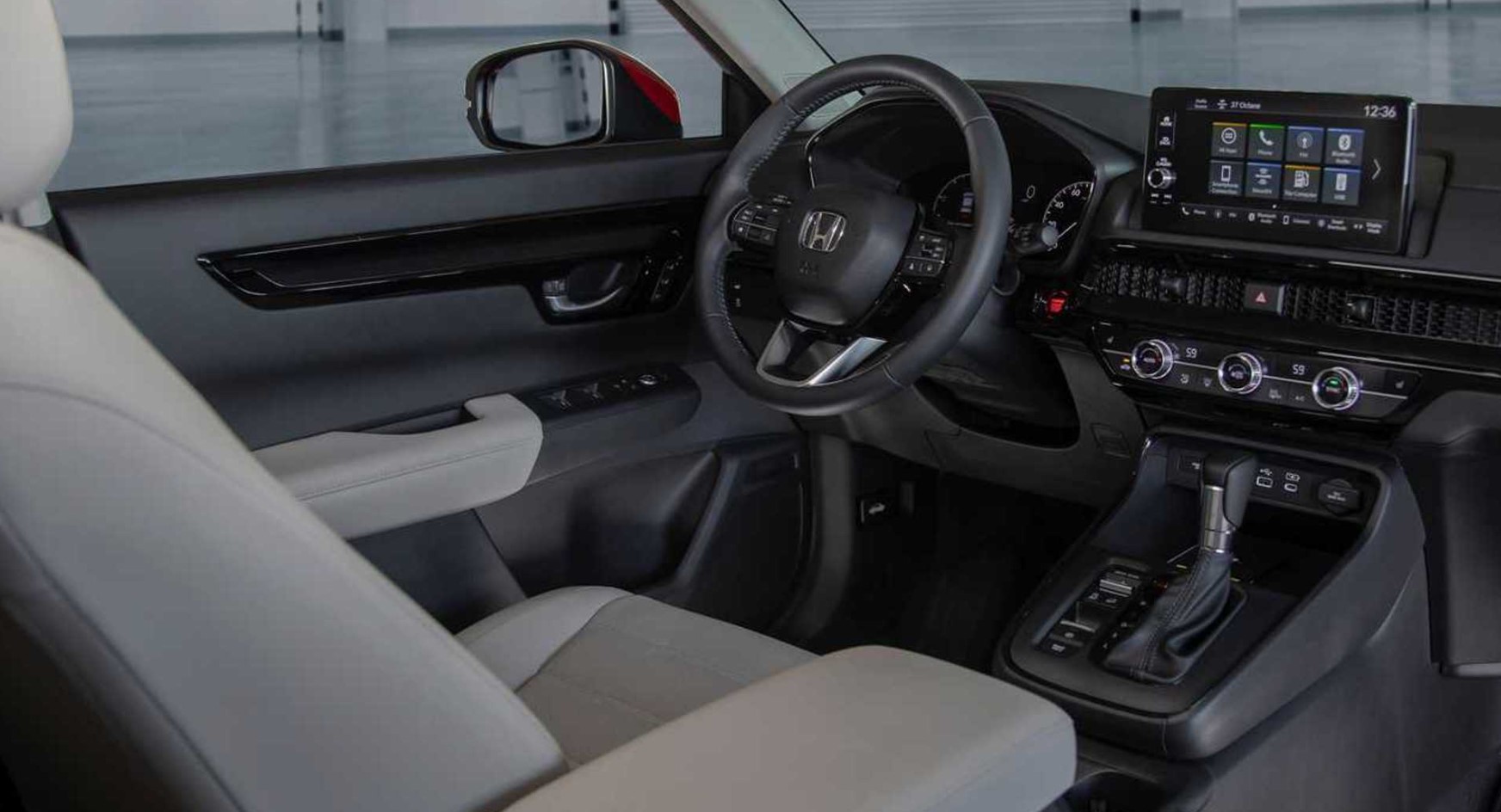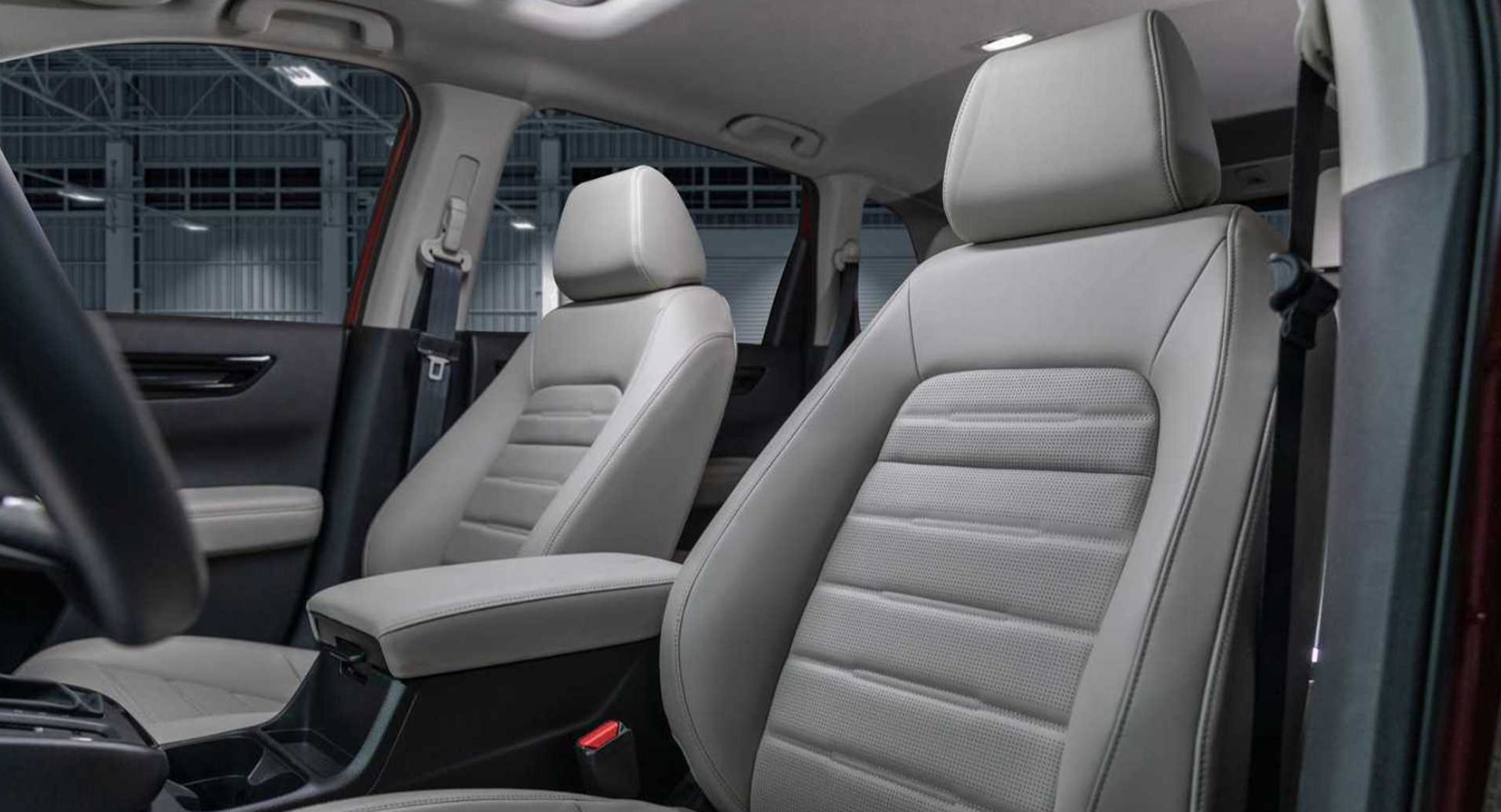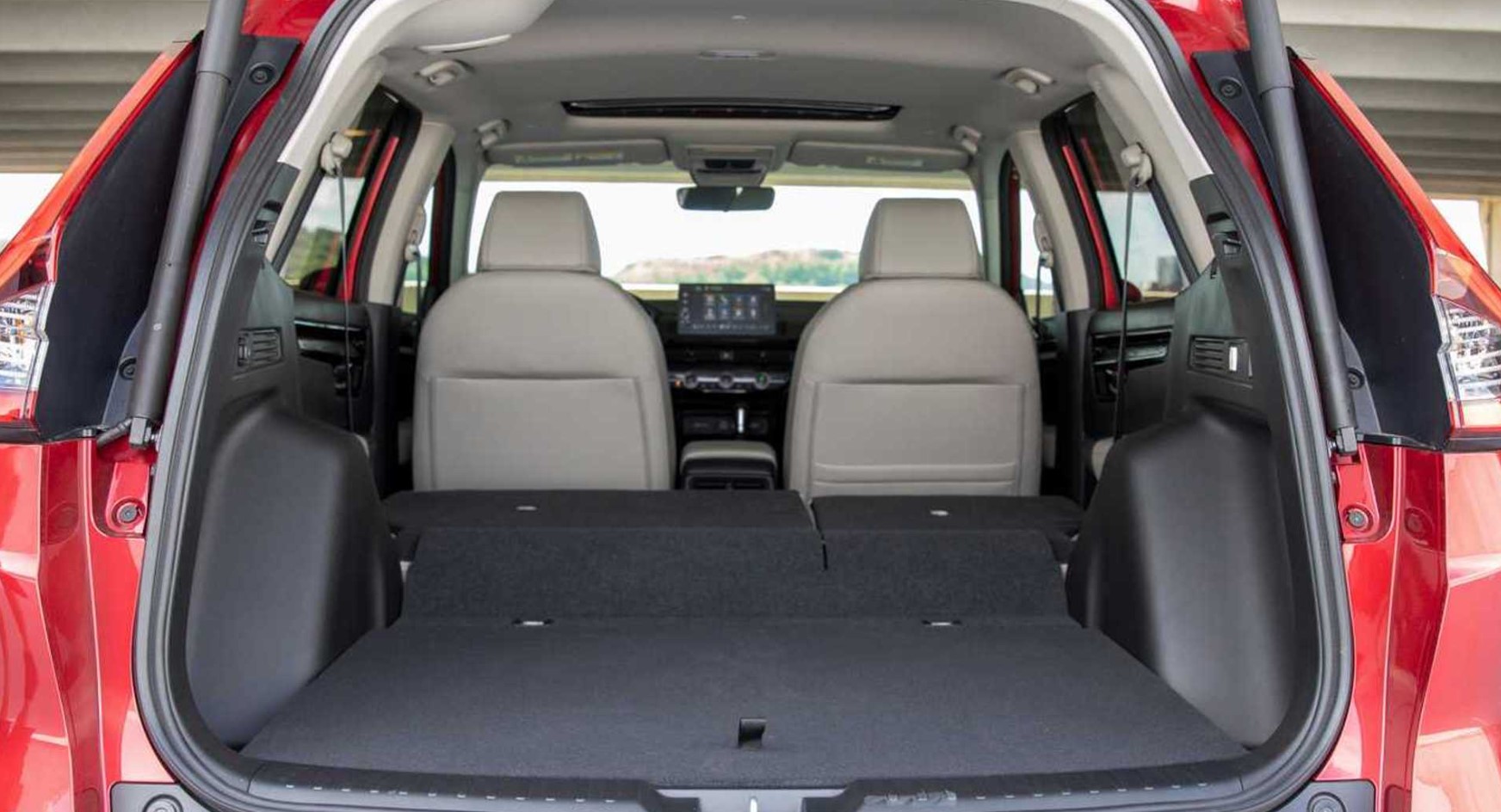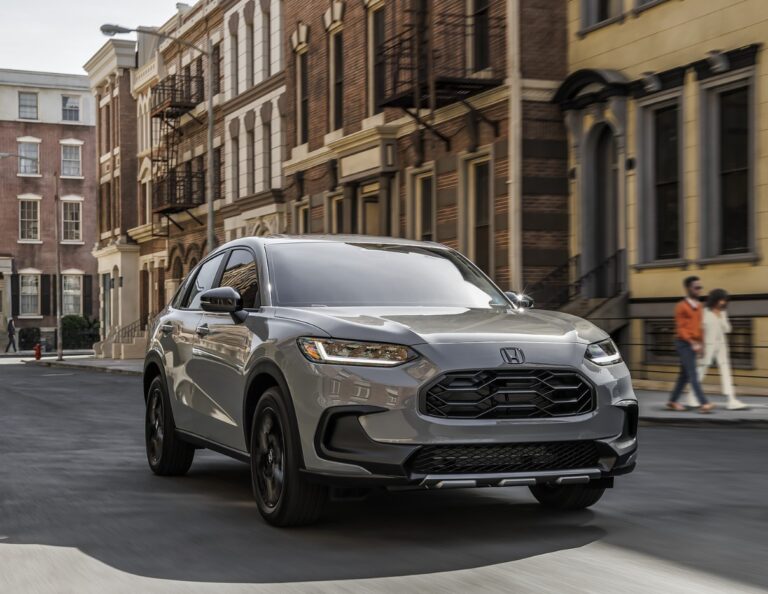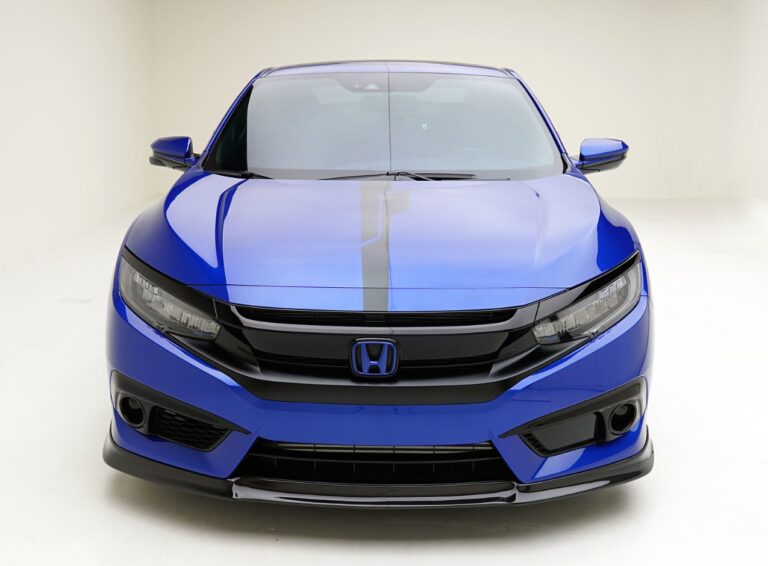2027 Honda CR-V Performance, Specs, Redesign
2027 Honda CR-V Performance, Specs, Redesign – The CR-V has been an integral part of Honda’s lineup since the late 1990s, when it was the only SUV the firm offered. Its modern rivals include the Toyota RAV4 and the Land Rover Freelander. The largest SUV produced by the Japanese automaker, the CR-V, has surpassed its smaller siblings, the HR-V and ZR-V.
Its primary competitors continue to be the Land Rover Discovery Sport, the RAV4, Suzuki Across, the Ford Kuga, the Hyundai Santa Fe, the Kia Sorento, the Mazda CX-60, and the Nissan X-Trail, among many others. Vauxhall Astra, Skoda Kodiaq, Peugeot 5008, and Renault Austral. The CR-V is more costly than other electric vehicles, including the best-selling Tesla Model Y, and its aggressive pricing makes it competitive with even high-end competitors like the Audi Q5, BMW X3, Lexus NX, and Volvo XC60. 2027 Honda CR-V Performance
2027 Honda CR-V Redesign and Update Plan
Exterior & Interior
This 2027 Honda CR-V, being the sixth generation, has a more modern and aggressive front end than the previous model thanks to a lower grille and bumper design and smaller, pointed LED headlights. Conversely, the newcomer is given a highly identifiable appearance by the high-level vertical taillights, which retain their original form.
Almost identical to the most recent Civic in terms of inside dashboard appearance. In other words, there is no chaos and everything has a place. All of the actual controls for the air conditioner are part of this. In contrast to competitors like the Tesla Model Y, which favor a big, garish screen and a minimalist design, it adopts an unexpectedly friendly and practical attitude. It would appear that the CR-V is as integrated as other high-end items.
While the Honda CR-V’s Sensing 360 safety technology is significant, we have found it to be unreliable. Even while we thought the traffic sign display was great and the 360-degree radar was a great safety net to help avoid town accidents with vehicles and pedestrians, the multi-view camera system was a real headache. Your blind spot will be shown on the central screen as soon as you signal, just like in high-end Hyundai Santa Fe and Kia Sorento automobiles. The camera is located on the passenger side wing mirror.
On the other hand, when enabled, the sat-nav and all other information disappear from the main screen, making it less integrated than its competitors. Our main worry is that some drivers may decide to forego signaling at junctions altogether in an effort to save crucial navigational data. Even though there’s a setting to disable the camera, doing so makes the device seem rather dated.
A digital audio broadcasting (DAB) radio, satellite navigation, a nine-inch touchscreen in the center, and full smartphone connection with Apple CarPlay and Android Auto are standard on all CR-V variants. We ran the same tests on the latest Honda Civic using the same software and screen. We enjoy the well-structured interface and the fact that standard controls like volume still have physical buttons and knobs.
The screen display, however, isn’t exactly eye-catching. It seems a little archaic in comparison to features like OpenR Link, and the Renault Austral’s Qualcomm Snapdragon CPU responds to inputs faster. Also, instead of the CR-integrated V’s navigation system, we opted to use Renault’s Google Maps app.
It would be worth it to upgrade to the more powerful Advance model if you often drive on highways, even if the CR-V has a good built-in sound system. Its 12-speaker BOSE system is designed to reduce road noise.
2027 Honda CR-V Specs
Engine & Performance
The 2027 Honda CR-V is an SUV, so it might be argued that it doesn’t require much power or excitement. However, rivals such as the BMW X3 and Ford Kuga provide more engaging rides. We were disappointed to see that the front limit of grip is lower than we would want in such a massive SUV, and the nose-heavy sensation that we had with the smaller ZR-V is much more noticeable here. Since it takes some time to notice when the CR-V starts to lose control of the Tarmac, it is especially incompatible with the now-standard heavier-than-expected steering.
You may drive in complete ease knowing that the CR-V is ready to make the best choice for you. The CR-V is surprisingly comfortable to travel in and handles well for a vehicle of its size. Even when leaning into corners with control, SUVs often offer better handling. The only improvement we could hear was the heightened engine noise produced by a Honda Civic Type R when we switched to “Sport” mode. Aside from that, in terms of driving quality, none of the four (or five, if you go with the e:PHEV version) available settings stands out.
The CR-V’s regenerative braking system is different now. You may control the rate of deceleration while pressing the accelerator pedal using the paddles located behind the steering wheel. Even if the regen system isn’t robust enough for one-pedal driving—like a Nissan’s e-Pedal system—you could still find it more convenient to use it to slow down for a roundabout or to help you navigate traffic without using the brakes. Recharging the batteries is another perk, since it improves gas mileage. In addition to being sturdy, the brakes are easy to use.
The CR-V is the most whisper-quiet vehicle in town when run on electricity. The e:PHEV plug-in hybrid has a longer range on electric power than the e:HEV hybrid due to its larger battery, although the former can only utilize electric power for short bursts. Its greater battery capacity allows it to run faster in electric mode as well.
We were hoping for a luxury SUV, but as we were driving on the highway, the rear wheels made more noise than the front ones. While stretched, the engine isn’t as silent as a Renault Austral and may produce a lot of noise while passing. The electric motor and 2.0-liter Atkinson cycle engine power the present-day Civic e:HEV and ZR-V, as well as the 2027 Honda CR-V.
The hybrid Honda e:HEV is fun to drive despite all the work that goes into it. The 2.0-liter engine generates enough power to drive the electric motors, which in turn spin the wheels. With an electric vehicle top speed of up to 20 mph, the CR-V looks lively. The CR-V is powered by a tiny 1.06 kWh battery that recharges itself when there is no electrical demand. Thanks to the battery’s energy storage capacity, you may drive slowly over short distances without turning on the engine.
That battery will provide you more power at higher speeds, which is useful when you need to accelerate quickly, as when you’re trying to pass someone. With only 181 horsepower, the CR-V doesn’t seem very speedy for such a large SUV, but it isn’t afraid to ask for more power either, like the Austral or the Mazda CX-60. The 9.4-second 0-62 mph speed of the e:HEV hybrid and PHEV variants is more accurately described as “adequate” than “exciting.” Although it’s somewhat slower than a Kuga hybrid, its performance is far lower than that of a completely electric car like the Tesla Model Y.
When going on a roadway, the engine and wheels are connected in a fixed gear ratio. One benefit is that Honda’s technology functions more like a regular automatic transmission, as opposed to the electronic continuously variable transmissions (e-CVTs) utilized by Lexus NX and Toyota RAV4 vehicles, which raise the rpm when acceleration is required. Imagine shifting into gear like you would with a regular gas or diesel vehicle.
With its larger 17.7 kWh battery, the CR-V PHEV can go up to 51 miles entirely on electric power alone. It continues to function as a regular hybrid SUV until its battery dies, unlike earlier plug-in hybrid SUVs, which exhibited a noticeable drop in efficiency. 2027 Honda CR-V Performance
2027 Honda CR-V Fuel Economy
The additional mass of the 2027 Honda CR-V e:HEV hybrid further renders the all-wheel drive system unworkable. Compared to rivals with all-wheel drive, such the Hyundai Santa Fe and Kia Sorento, it gets somewhat higher gas mileage (42.8 mpg), but it still falls short of rivals like the Ford Kuga, Renault Austral, and Toyota RAV4. This means the CR-V will be taxed at a higher rate for business vehicles due to its greater operating expenditures and emissions compared to its rivals.
While the e:PHEV plug-in hybrid boasts the best economy (353.1 mpg) on paper, it surpasses the regular hybrid only after extensive charging and with very little use of the gasoline engine. Based on our past experiences with PHEVs, it is quite doubtful that you will actually achieve the claimed number.
Customers looking for a commercial vehicle would be better served by the plug-in hybrid, which offers superior gas mileage (up to 51 miles per charge) and lower CO2 emissions (WLTP: 18g/km). Easily qualifying for the 8% corporate car tax category, the CR-V surpasses the equivalent Santa Fe and Sorento plug-in hybrids. If you’re serious about cutting costs, investing in an electric car like the Tesla Model Y—which has an even more favorable tax rate—is a great option. With a 7kW wallbox charger, you can fully charge the e:PHEV CR-V in 2.5 hours.
2027 Honda CR-V Safety Features
Due to the absence of the Sensing 360 safety assistance system in the European variants of the 2027 Honda CR-V, the vehicle was awarded two stars in the safety testing conducted by Euro NCAP. Safety concerns that it would not be able to detect other drivers in danger in an emergency led to the CR-V receiving a four-star rating in its absence. All models sold in the UK receive the highest possible five-star rating. This is due to the enhanced safety assistance system, which uses a radar and camera-based system to better detect pedestrians and cyclists and take countermeasures to either mitigate or avoid collisions with them.
Automatic emergency braking (AEB) and blind spot monitoring are standard on all CR-V models and help reduce the likelihood of low-speed collisions with vulnerable road users, pedestrians, and other vehicles. Also, when you’re trying to merge between parked cars or exit a blind intersection, the front and rear cross-traffic warning systems will let you know that oncoming vehicles are coming. And if the airbags go off, you can use the eCall feature to contact emergency services ahead of time.
We don’t have exact dependability numbers from our 2027 Driver Power satisfaction survey for the CR-V model because it is still relatively new, but we can say that Honda did rather well, ranking 18th out of 32 manufacturers. This means it ranks above Skoda, Nissan, Volkswagen, Ford, and Renault but behind Kia, Hyundai, and Toyota.
2027 Honda CR-V Release Date & Price
Trim levels begin at more than £46,000 for the basic Elegance, £49,000 for the Advance, and more than £54,000 for the Advance Tech. We think it packs a lot of punch since it’s one of several excellent alternatives for luxury SUVs; some of these also have seven seats, which makes them even more versatile.
The third row would be taken up by the batteries and other hybrid equipment in the fully hybrid UK CR-V series, therefore that can’t be done. There are seven-seater CR-Vs that operate on gasoline alone in other countries, but we won’t have that option in the UK due to the exorbitant cost of petrol. 2027 Honda CR-V Performance
Conclusion
Are the terms “Compact Recreational Vehicle” and “2027 Honda CR-V” still relevant? The fact that this sixth-generation model measures more than 4.7 meters makes us doubt that. “Comfortable Recreational Vehicle,” might it be? Once again, we may say that our competitors are more relaxed. You and your family will be safe in the spacious CR-V SUV thanks to its many safety features. It should be well-equipped, though, considering the price.
Note: There is information in this web page post that comes from materials that were available before the release. You may get the most up-to-date information by contacting your local dealership or looking into official sources.
